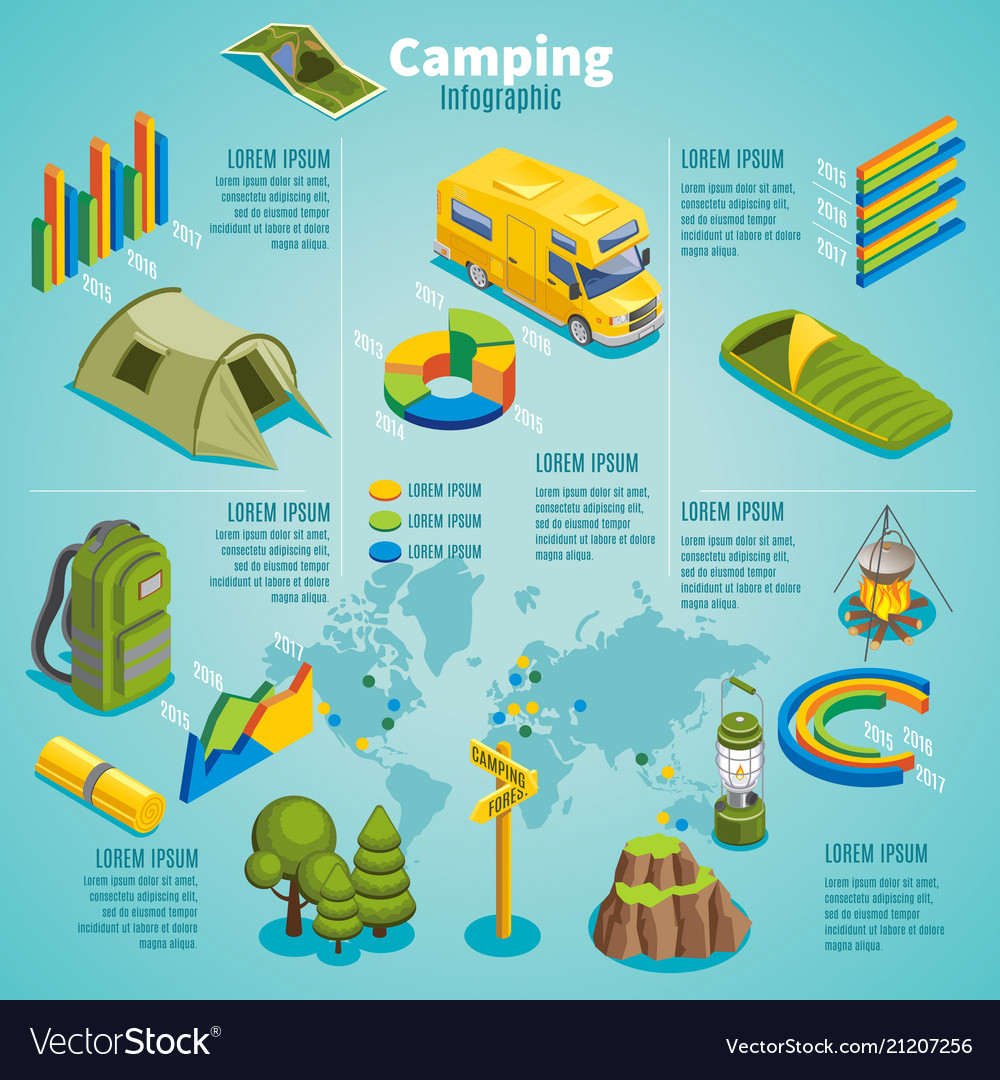How To Increase Online Camping Tents Product Sales And Overall Revenue
How To Increase Online Camping Tents Product Sales And Overall Revenue
Blog Article
Exactly How Vital Are Camping Tent Footprints/Ground Cover?
Camping tent footprints are an excellent method to safeguard your camping tent floor from abrasions and extend its useful life. Mostly all equipment makers provide their own brand-specific footprints that are made to match their details outdoor tents designs.
What is the best tent for high winds?
This customized approach uses ease of configuration and minimizes the danger of rain seeping in through the joints.
What are they?
Tent footprints (additionally known as camping tent ground sheets or under outdoor tents pads) offer a layer of defense between the base of your camping tent and the exterior environment. They secure your outdoor tents from sharp objects, wetness, and unpleasant surfaces.
A lot of outdoor tents producers use their very own branded impacts made to fit seamlessly with their assigned sanctuary models. However, these are normally pricey and relatively heavy contrasted to do it yourself options like Polycryo or Tyvek.
Footprints are normally made from durable, waterproof products such as polyurethane, nylon or silnylon. For ultralight backpackers looking for to decrease pack weight, there are also lightweight, high-strength choices made from Cuben Fiber (Dyneema). It is necessary to choose a footprint that's somewhat smaller sized than your outdoor tents to prevent rainwater from dripping down the sides of your shelter and channeling below you while you rest-- no one wants to get up in a puddle! An impact is a rewarding enhancement to any camping trip. It helps make sure a lengthy life-span for your outdoor tents while including comfort and peace of mind.
How essential are they?
Camping tent footprints secure the base of your camping tent from abrasion and dampness, aiding to expand its life-span. They're usually made of waterproof and dirt-resistant materials like polyethylene or a lightweight oxford polyester, though the denier of the fabric will vary (the higher the denier number, the thicker and burlier).
Most footprints are made to exactly match the shape of your tent's floor, which helps minimize material waste. Many have grommets or loops through which you can weave guylines for stress and risks, making certain that the impact is firmly held back.
If you camp in harsh surface or locations where there's a lot of downed branches and sharp rocks, a camping tent footprint is well worth the added weight and bulk. But if you frequently camp in completely dry, sandy or rough problems, an impact may be overkill. A tarp is a better alternative because instance.
Do you normally load one?
If you're camping on an extremely flat surface where rocks and sticks aren't an issue, a tent impact possibly isn't needed. If you are in the backcountry with a lot of rough surface, an impact can make life a lot easier.
Footprints are typically sized slightly smaller sized than the base of the outdoor tents. That's since a larger footprint would certainly capture rain and funnel it under the tent, where you can get up in a puddle.
However, impacts can be pricey and hefty if you purchase one from the manufacturer of your outdoor tents (the Big Agnes Tiger Wall surface UL 2 footprint, for example, sets you back $70 and considers six ounces). You can save cash and weight by making your very own DIY impact by reducing a piece of Tyvek or other water-proof material to the exact measurements of your sanctuary. You can even include grommets for simple accessory. The main advantage of a footprint is that it helps to shield the floor of your backpacking tent from unpleasant aspects such as rocks and twigs.
Just how do you keep them clean?
A manufacturer's impact can include substantial weight to your fancy camping shelter system and if you're an ultralight backpacker attempting to conserve every ounce, it might not deserve it. Therefore, many backpackers will certainly utilize a DIY groundsheet that's constructed of something like Tyvek or Polycryo and cut it to dimension for their camping tent footprint.
This alternative is relatively cheap and will certainly protect your outdoor tents from wetness, rocks, thorns, sticks, and so on, while likewise helping to maintain the bottom of your outdoor tents dry.
If you do determine to buy a footprint, make sure it's designed especially for your specific outdoor tents as this will help in reducing water pooling around the sides of your shelter. As an example, if your tent impact is too big and extends past the side of your rainfly, it will certainly gather rains which can leak right into lighter-weight tents and possibly wear down the floor. Make certain it fits your tent relatively snugly to avoid this.
What's the difference between campsite and tent site?
